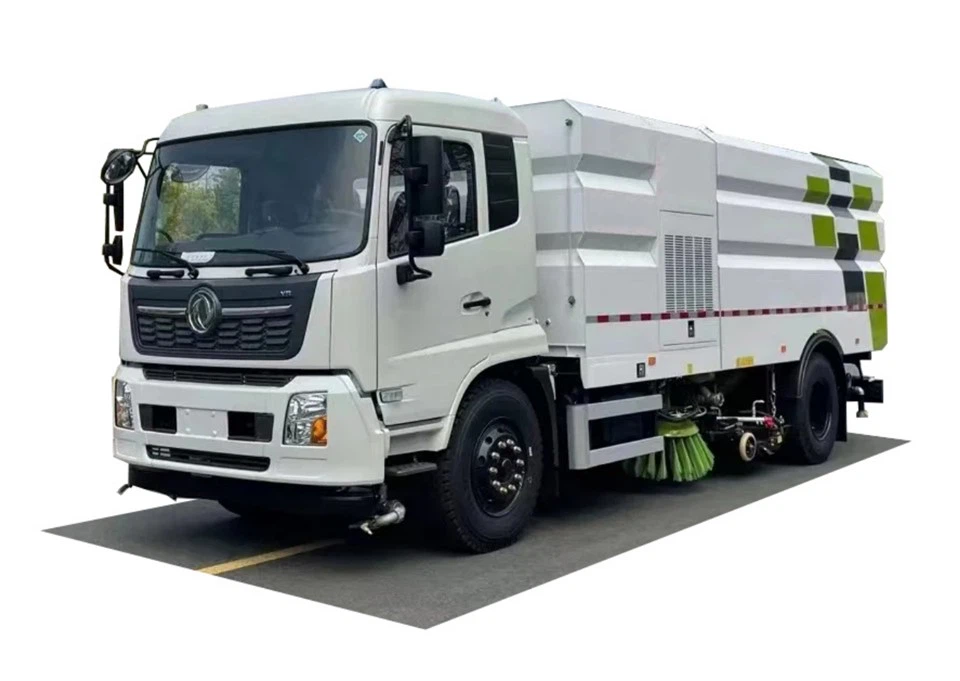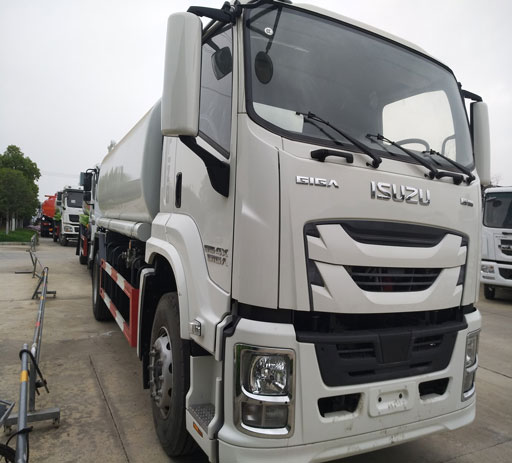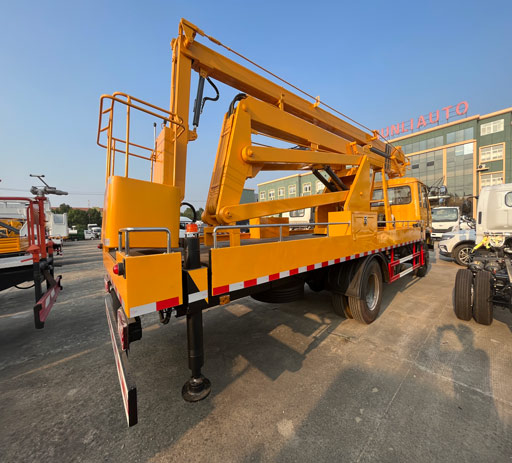Everything You Need to Know About Big Garbage Trucks

Big garbage trucks, also known as waste collection vehicles, play a crucial role in maintaining cleanliness and sanitation in our communities. With the rising population and urbanization, these massive vehicles have transformed waste management systems across the globe. This article delves into the various aspects of big garbage trucks, including their design, types, operational efficiency, and the role they play in sustainable waste management.
Understanding Big Garbage Trucks
Big garbage trucks are specialized vehicles designed for the efficient collection, transportation, and disposal of waste. They come in various sizes and types, each serving distinct purposes based on the kind of waste being collected.
The History of Garbage Trucks
The evolution of garbage trucks began in the early 20th century. Originally, horses pulled carts designed to collect waste from households. With the advent of motor vehicles, these systems evolved, becoming more efficient and environmentally friendly. The modernization of garbage trucks has greatly enhanced waste collection methods.
Design and Features

Big garbage trucks are designed with specific features to improve efficiency:
- Body Styles: Different styles include rear loaders, front loaders, side loaders, and refrigated trucks.
- Compaction Systems: Many trucks feature compaction systems to maximize volume and minimize trips to disposal sites.
- Safety and Visibility: Enhanced safety features, such as rearview cameras and better lighting, improve visibility for operators.
Types of Big Garbage Trucks
There are several types of big garbage trucks tailored for specific waste management needs:
Rear Loader Trucks
Rear loader trucks have containers located at the back. These trucks are designed for residential waste collection, and the collection crew manually loads waste into the truck.
Side Loader Trucks
Side loader trucks can be operated manually or automatically. They are equipped with robotic arms or special compartments allowing for fast and efficient waste collection from curbsides.
Front Loader Trucks
Front loader trucks have large bins at the front, typically used in commercial businesses where waste is accumulated in dumpsters. These trucks can quickly lift and empty large containers.
Over-the-Road Trucks
Over-the-road trucks are designed for long-haul waste transport, ensuring that waste is transported efficiently from collection points to disposal or recycling facilities.
Environmental Considerations
Big garbage trucks are pivotal in promoting environmental sustainability. They contribute to waste management efforts that minimize landfill usage and promote recycling.
Reduced Carbon Footprint
Modern garbage trucks are increasingly designed to lower emissions. Many companies are now incorporating electric and hybrid models into their fleets.
Recycling and Waste Diversion
Big garbage trucks facilitate recycling by collecting recyclable materials separately. This helps reduce the overall waste sent to landfills.
Waste-to-Energy Initiatives
Some regions utilize waste-to-energy technologies, where waste is processed to generate electricity. This highlights the role of big garbage trucks in the sustainable waste lifecycle.
Operational Efficiency of Big Garbage Trucks
The efficiency of garbage trucks is crucial in optimizing waste collection operations. The following factors play a role in improving efficiency:
Smart Route Planning
Utilizing GPS technology and route optimization software can significantly reduce operational costs and time. This results in less fuel consumption and an improved waste collection schedule.
Maintenance and Upkeep
Regular maintenance checks ensure that big garbage trucks function efficiently. Well-maintained vehicles prevent breakdowns and enhance the safety of the collection crew.
Driver Training Programs
Proper training of drivers is essential to maximize operational efficiency. Training programs focusing on safety, navigation, and vehicle handling can significantly improve performance.
Challenges Faced by Big Garbage Trucks

The operatives of big garbage trucks face numerous challenges in their day-to-day operations:

Traffic Congestion
In urban areas, traffic congestion can delay waste collection schedules. Strategic planning and time management are necessary to combat this challenge.
Increased Waste Generation
As populations grow, the magnitude of waste generated increases. This necessitates scaling up operations and optimizing routes to manage the rising volume of waste effectively.
Public Awareness and Compliance
Public understanding of proper waste disposal practices is crucial. Campaigns that raise awareness about recycling and waste segregation can significantly enhance the effectiveness of garbage trucks.
The Future of Big Garbage Trucks
The future of big garbage trucks looks promising with advancements in technology and an increased focus on sustainability.
Technological Innovations
New technologies such as automated collection systems, smart sensors for waste detection, and integration with smart city initiatives are transforming waste management.
Electric and Hybrid Trucks
As environmental concerns rise, the adoption of electric and hybrid garbage trucks is on the horizon. These vehicles can drastically reduce the carbon footprint of waste collection.
Practical Examples of Big Garbage Trucks in Action
Several cities have implemented innovative waste management strategies using big garbage trucks:
Case Study 1: San Francisco
San Francisco has introduced a zero-waste program, promoting the use of organic waste collection trucks. These trucks are specifically designed to collect compostable materials from residents.
Case Study 2: New York City
New York City utilizes side loader trucks equipped with automated arms that eliminate the need for workers to physically lift bins, making the process faster and safer.
FAQs About Big Garbage Trucks
1. What is the average lifespan of a big garbage truck?
The average lifespan of a big garbage truck is typically between 10 to 15 years, depending on maintenance and usage conditions.
2. How do garbage trucks impact the environment?
Garbage trucks can impact the environment through emissions, but newer models are designed to minimize this impact. Furthermore, they help prevent littering and promote recycling.
3. Are there any regulations governing garbage truck operations?
Yes, most areas have stringent regulations regarding waste collection, including licensing, safety, and environmental standards for garbage truck operations.
4. How often are garbage trucks serviced?
Big garbage trucks are generally inspected and serviced regularly, often following a set maintenance schedule to ensure safety and efficiency.
5. What types of waste can big garbage trucks collect?
Big garbage trucks are designed to collect a wide variety of waste, including recyclables, organic waste, garbage, and construction debris, depending on the vehicle type.
6. Can technology assist in operating garbage trucks?
Yes, technology plays a vital role in optimizing garbage truck operations through route planning, GPS tracking, automated collection systems, and driver training programs.
